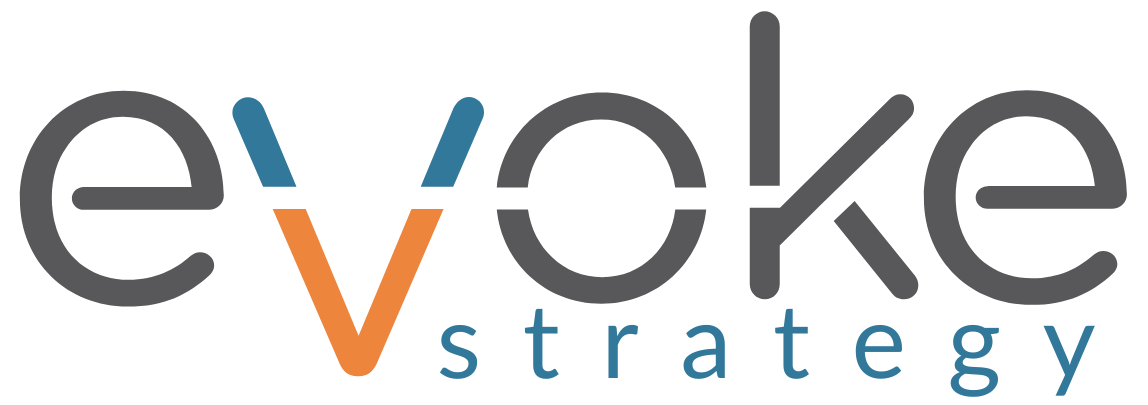Pay-Per-Click (PPC) advertising is a digital marketing model that allows businesses to display ads on search engines and other platforms, paying only when a user clicks on their ad. This model has gained immense popularity due to its ability to deliver immediate traffic and measurable results. Unlike traditional advertising methods, where costs are incurred regardless of engagement, PPC offers a more performance-driven approach.
Advertisers can set specific budgets, target particular demographics, and track the effectiveness of their campaigns in real-time, making it an attractive option for businesses of all sizes. The mechanics of PPC advertising are relatively straightforward. Advertisers bid on keywords relevant to their products or services, and when users search for those keywords, the ads appear in the search results.
The position of the ad is determined by a combination of the bid amount and the quality score assigned by the advertising platform, which reflects the relevance and performance of the ad. This auction-based system ensures that advertisers can compete for visibility based on their budget and the effectiveness of their ads, allowing for a dynamic and competitive advertising landscape.
Choosing the Right Keywords for Your Campaign
Selecting the right keywords is a critical step in any PPC campaign, as these terms directly influence the visibility and relevance of your ads. Effective keyword research involves understanding your target audience’s search behavior and identifying the terms they are likely to use when looking for products or services similar to yours. Tools such as Google Keyword Planner, SEMrush, and Ahrefs can provide valuable insights into search volume, competition levels, and related keywords, helping advertisers make informed decisions.
Long-tail keywords, which are typically longer and more specific phrases, can be particularly beneficial for PPC campaigns. While they may have lower search volumes compared to broader keywords, they often exhibit higher conversion rates due to their specificity. For instance, a user searching for “best running shoes for flat feet” is likely further along in the buying process than someone simply searching for “running shoes.” By targeting long-tail keywords, advertisers can attract more qualified leads who are more likely to convert into customers.
Creating Compelling Ad Copy
The ad copy is the first point of contact between your business and potential customers, making it essential to craft compelling and persuasive messages. Effective ad copy should not only capture attention but also convey the unique value proposition of your product or service. This involves highlighting key benefits, addressing pain points, and incorporating a strong call-to-action (CTA) that encourages users to click on the ad.
For example, instead of simply stating “Buy Shoes,” a more effective ad might read “Discover Comfort with Our Orthopedic Running Shoes – Shop Now!
Search engines often display only a limited number of characters in ads, so every word counts. Utilizing ad extensions can enhance visibility and provide additional information without cluttering the main message.
For instance, including site links or call extensions can direct users to specific pages on your website or allow them to call your business directly from the ad. This not only improves click-through rates but also enhances the overall user experience.
Setting Up Effective Landing Pages
Once users click on an ad, they are directed to a landing page that should seamlessly align with the ad’s message and intent. An effective landing page is designed with a singular focus: converting visitors into leads or customers. This means that the content should be relevant to what was promised in the ad, whether it’s a special offer, product information, or a service description.
A mismatch between the ad and landing page can lead to high bounce rates and wasted advertising spend. Key elements of a successful landing page include a clear headline that reinforces the ad’s message, engaging visuals that support the content, and a straightforward layout that guides users toward taking action. Incorporating testimonials or trust signals can also enhance credibility and encourage conversions.
For example, if you’re promoting a limited-time discount on a product, prominently displaying that offer along with a countdown timer can create a sense of urgency that motivates users to act quickly.
Optimizing Your Campaign for Conversions
Optimizing a PPC campaign for conversions involves continuously refining various elements to improve performance and maximize return on investment (ROI). This process begins with analyzing data from your campaigns to identify trends and areas for improvement. Metrics such as click-through rates (CTR), conversion rates, and cost per acquisition (CPA) provide valuable insights into how well your ads are performing and where adjustments may be necessary.
One effective optimization strategy is to regularly review and adjust keyword bids based on performance. Keywords that are driving high-quality traffic at a low cost should have their bids increased to capitalize on their success, while underperforming keywords may need to be paused or re-evaluated. Additionally, segmenting campaigns by device type or geographic location can help tailor ads more effectively to different audiences, ensuring that your messaging resonates with each segment.
Monitoring and Analyzing Your Campaign Performance
Monitoring and analyzing campaign performance is crucial for understanding how well your PPC efforts are meeting business objectives. Utilizing analytics tools such as Google Analytics or platform-specific dashboards allows advertisers to track key performance indicators (KPIs) in real-time. These KPIs include metrics like impressions, clicks, conversions, and overall ROI, providing a comprehensive view of campaign effectiveness.
Regularly reviewing this data enables advertisers to make informed decisions about their campaigns.
Conversely, if some keywords are driving significant traffic but at an unsustainable cost per click, it may be time to reassess bidding strategies or explore alternative keywords that could yield better results.
Implementing A/B Testing for Continuous Improvement
A/B testing is an invaluable method for optimizing PPC campaigns through systematic experimentation. By creating two variations of an ad or landing page—each differing in one key element—advertisers can determine which version performs better based on user engagement metrics. This could involve testing different headlines, images, calls-to-action, or even color schemes to see which combination resonates more with the target audience.
The insights gained from A/B testing can lead to significant improvements in campaign performance over time. For example, if an A/B test reveals that ads with a specific CTA generate higher click-through rates than others, advertisers can adjust their entire campaign strategy accordingly. Continuous testing fosters an environment of ongoing improvement, allowing businesses to adapt quickly to changing market conditions and consumer preferences.
Budgeting and Bidding Strategies for PPC Advertising
Effective budgeting and bidding strategies are fundamental components of successful PPC advertising campaigns. Establishing a clear budget helps ensure that spending aligns with overall marketing goals while allowing for flexibility as campaigns evolve. Advertisers can choose between daily budgets or monthly budgets depending on their needs; however, it’s essential to monitor spending closely to avoid overspending on underperforming ads.
Bidding strategies also play a crucial role in determining how effectively an advertising budget is utilized. Advertisers can opt for manual bidding, where they set individual bids for each keyword based on performance metrics, or automated bidding strategies offered by platforms like Google Ads. Automated bidding uses algorithms to optimize bids in real-time based on various factors such as competition and user behavior.
Choosing the right bidding strategy depends on factors like campaign goals, available resources for management, and desired levels of control over individual keyword bids. In conclusion, mastering PPC advertising requires a multifaceted approach that encompasses understanding its mechanics, selecting appropriate keywords, crafting compelling ad copy, optimizing landing pages for conversions, monitoring performance metrics diligently, implementing A/B testing for continuous improvement, and employing effective budgeting and bidding strategies. Each element plays a vital role in creating successful campaigns that not only drive traffic but also convert visitors into loyal customers.
If you are interested in learning more about strategic planning for your business, you may want to check out this article on creating and updating a strategic plan. Strategic planning is crucial for the success of any business, including when it comes to implementing effective Pay-Per-Click Advertising campaigns. By having a clear strategic plan in place, you can ensure that your PPC efforts align with your overall business goals and objectives.



